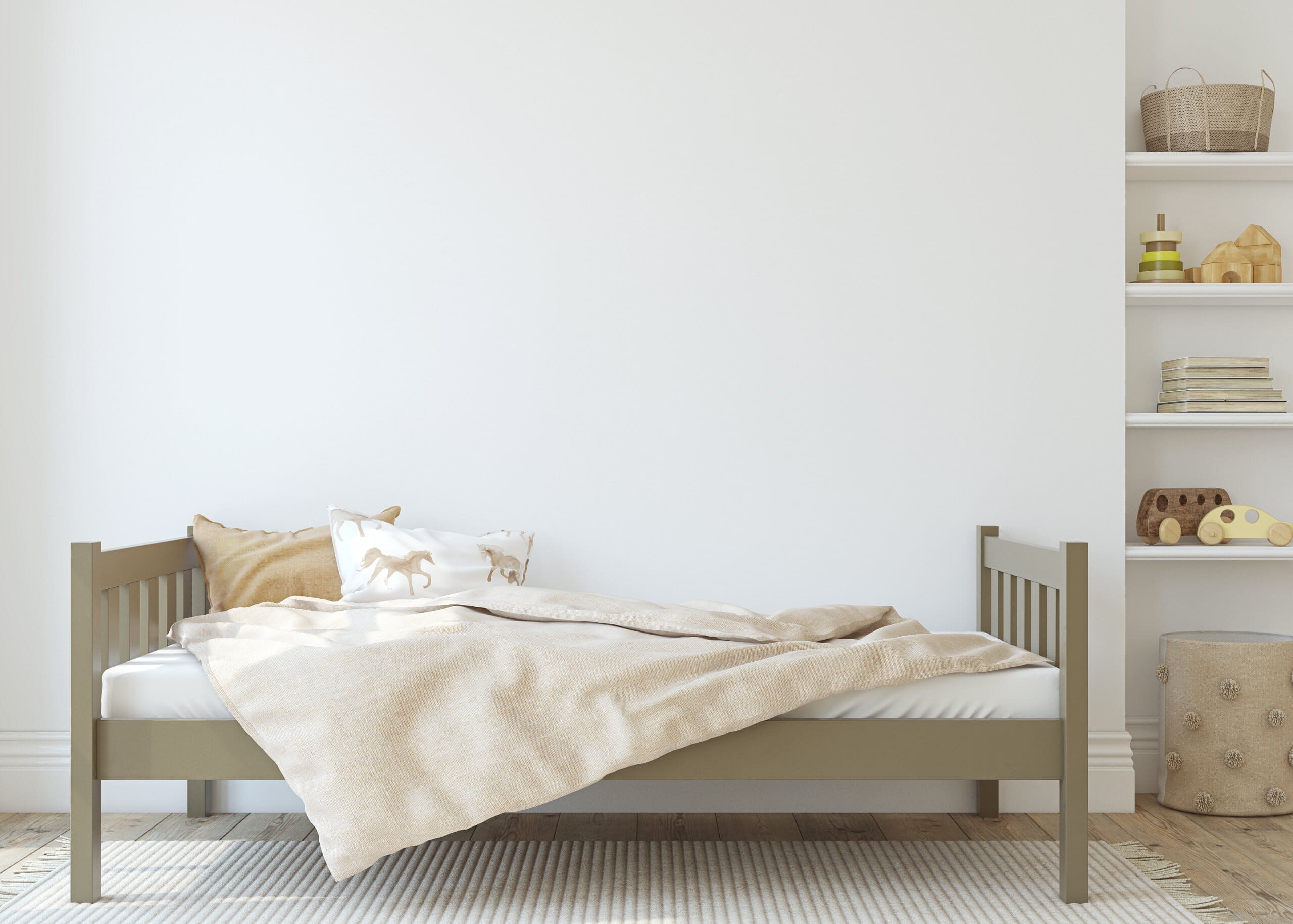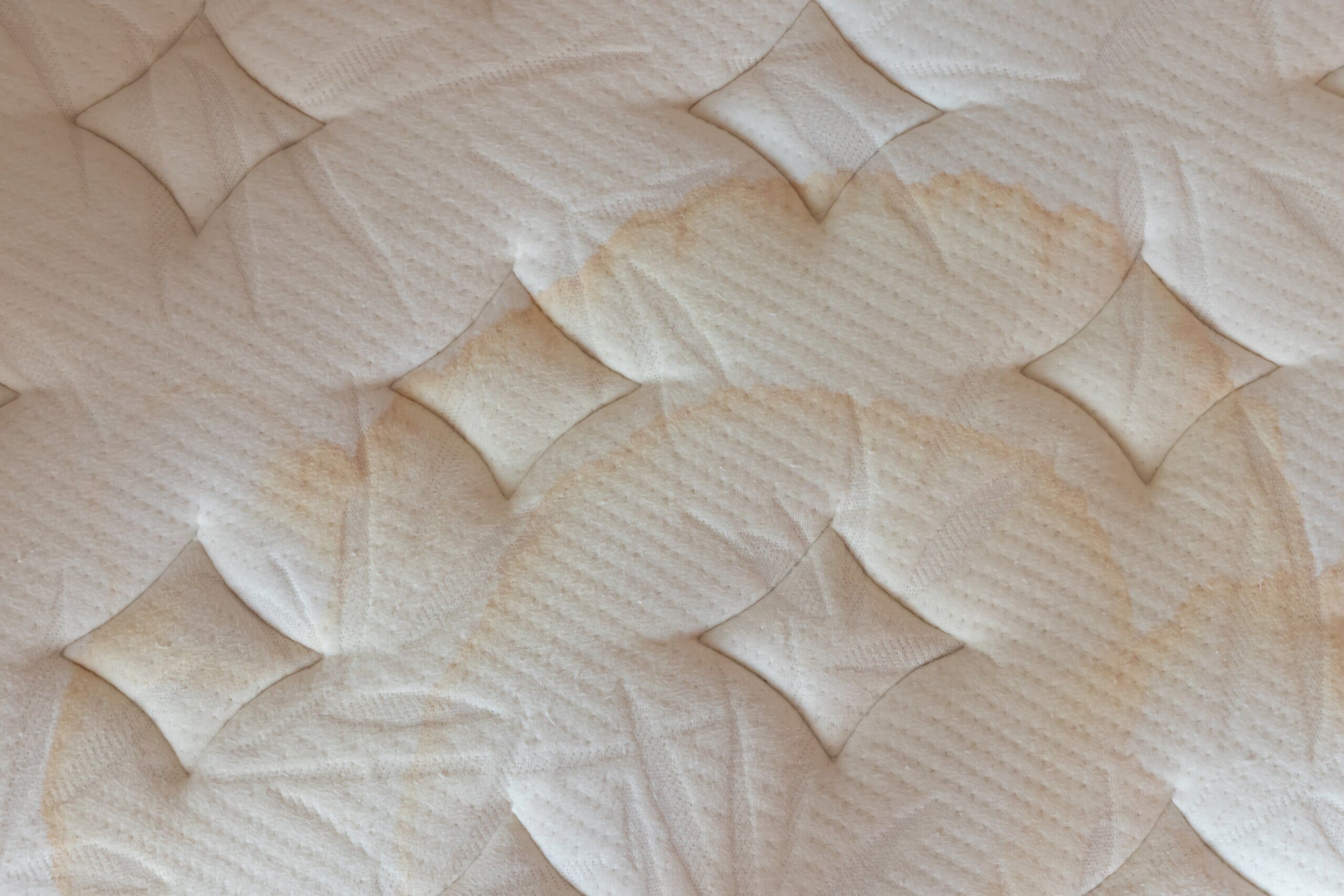Last updated: February 2025
Why You Should Never Buy A Second-hand Mattress
A secondhand mattress might not be as cost effective as you first think...
There are times when you may be tempted to go for a second-hand mattress, even if the idea of sleeping on someone else’s old bed doesn’t exactly fill you with joy. It could be that a friend has bought a new mattress and offers you his or her old one for free, or a change in family circumstances means you could inherit a used mattress.
Alternatively, money could be tight and although you need a child’s mattress, you’re looking to save every penny you can.
Whatever the circumstances, if possible, resist the urge to take the second-hand option - no matter how well-intended the offer of a used mattress may be.

Is a second-hand mattress safe?
While it may seem that buying a second-hand mattress will save you money in the short term, the risks certainly outweigh that one advantage.
You don’t know who has been sleeping on the mattress before you or how clean they kept it, meaning any type of bacteria could be lurking on the mattress, making it unsafe for your child.
Studies by the Royal Hospital for Sick Children in Glasgow also demonstrated a higher proportion of sudden cot death syndrome in infants sleeping on second-hand mattresses.
Our top tip: Buy new, not second-hand. If you're really on a tight budget and cannot afford a new mattress, make sure the one you buy comes from a reputable outlet that properly cleans and disinfects mattresses before selling them. You could also shop for clearance mattresses which are cheaper alternatives.



Why shouldn't you use a second-hand mattress?
There are a multitude of reasons as to why you shouldn’t use a second-hand mattress:
1. It won't last as long
The recommended lifespan of a mattress from new is around eight years. If you buy a second-hand mattress, you don't know how old it is or how much life it has left in it. You may pay less initially, but you'll be buying a replacement mattress much sooner.
2. You may be sharing your mattress with unwelcome guests
Eventually, all mattresses end up accumulating dust. Much of it is skin flakes from the users, and this encourages dust mites and bed bugs to take up residence. They’re not easy to spot, either, as they are microscopically small and burrow right down into the centre of the mattress.
3. That dust may trigger an allergic reaction
Not only does dust attract dust mites, but it can also trigger an allergic reaction. If you have asthma or a respiratory condition, or suffer from skin problems such as eczema, the dirt in a used mattress can cause real problems.
4. The manufacturer's warranty will have run out
If you have any issues with your second-hand mattress, the chances are that the warranty has already run out. If the stitching comes undone or the coils fail, you won't be able to get your money back or like-for-like exchange.
5. No free delivery or mattress removal
When you buy a new or clearance mattress, the supplier will typically deliver it to you for free. They'll also offer you a mattress disposal or recycling service at a low cost. If you buy second-hand, you'll probably need to pick the mattress up yourself, and get rid of your old one. If it's a king-size mattress, that could be a problem if you use public transport!

What are the alternatives to a second-hand mattress?
You don’t need to buy second-hand to save money on a new mattress. Online shops and mattress stores, like us, often have what they call ‘clearance’ mattresses. These are usually end-of-line models or mattresses that haven’t sold and are marked down to clear the way for new stock.
These are new mattresses that have either been discontinued or have been previously used for display purposes. The big plus is that they often come with a warranty of around a year. There may be the occasional blemish or mark from shop use, but other than that, they're in pristine condition.
Alternatively, look for big reductions on mattresses during Boxing Day, New Year, Easter or Black Friday sales. And remember that if you buy from MattressNextDay, you'll also benefit from free delivery to UK mainland addresses. Our guide to The Best Budget Mattress For Under £300 can help if you're on a tight budget, too.
How long can a mattress last?
The average lifespan of a mattress is around 7-9 years, and most manufacturers will recommend that you change your mattress every eight years. By turning it regularly (and if it's a double-sided mattress, flipping it over), you'll extend the lifespan. This will also help avoid lumps and bumps from developing or uncomfortable dips in the top.
A mattress topper can also help to extend your mattress’ life. Check out our guide on How Long Does a Mattress Last for more information and handy tips.
How do you look after your mattress?
Just like everything else in your home, your mattress needs a little TLC to keep it in tip-top shape. Get your vacuum cleaner involved – use those soft attachments or grab a hand-held unit for a quick clean whenever you swap out your sheets. If spills happen, tackle them ASAP with the right products. And if your mattress is looking like a crime scene, maybe it's time to call in the pros or consider a shiny new mattress.
Don't forget to give it a good flip every now and then to even out those lumps and bumps. Heads up, some mattresses don’t even need to be flipped – some just need rotating every few months. Easy peasy! To find out how to keep your mattress in tip-top condition, have a look at our handy guide on How To Clean Your Mattress for some clever hacks and useful tips.

